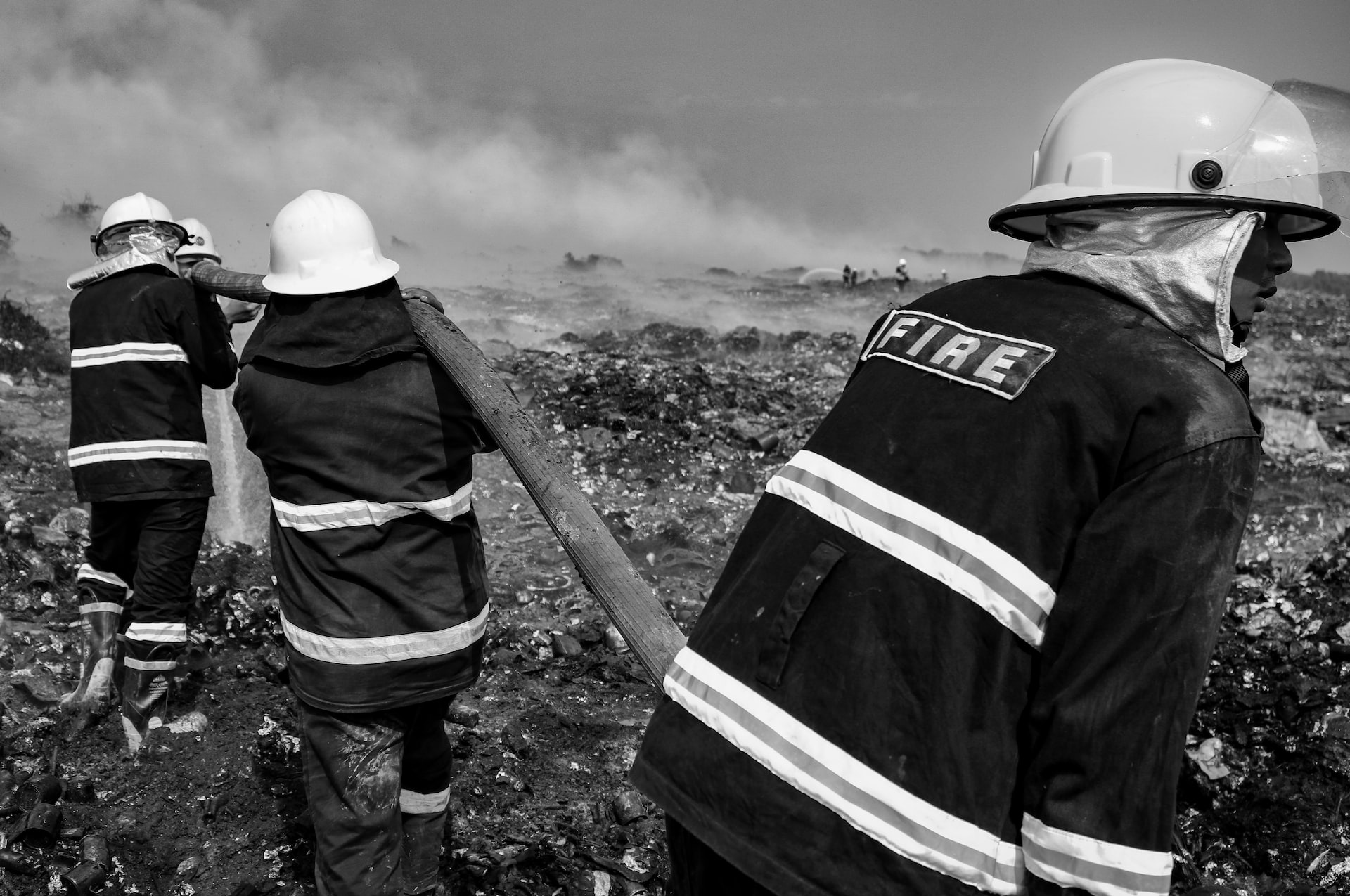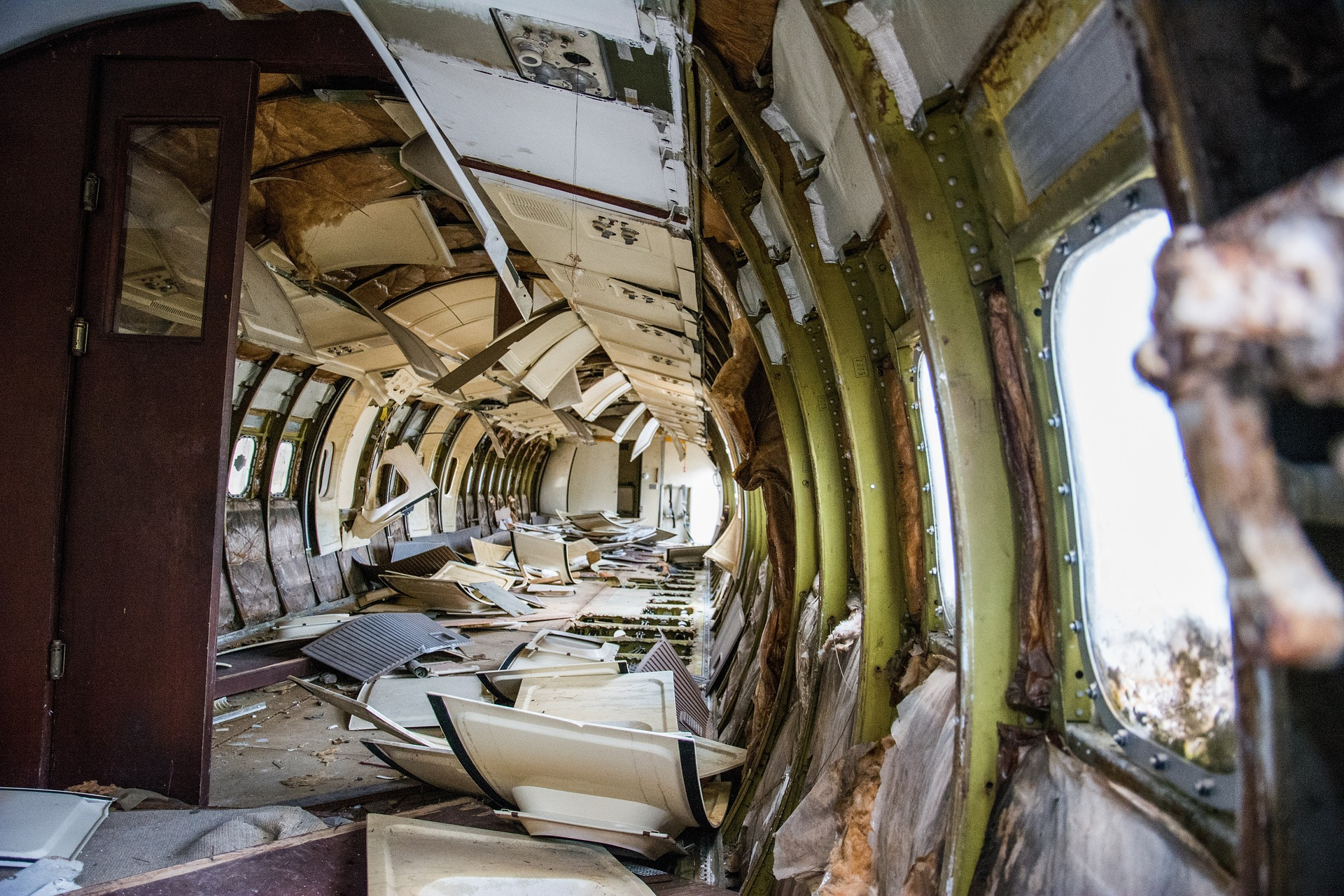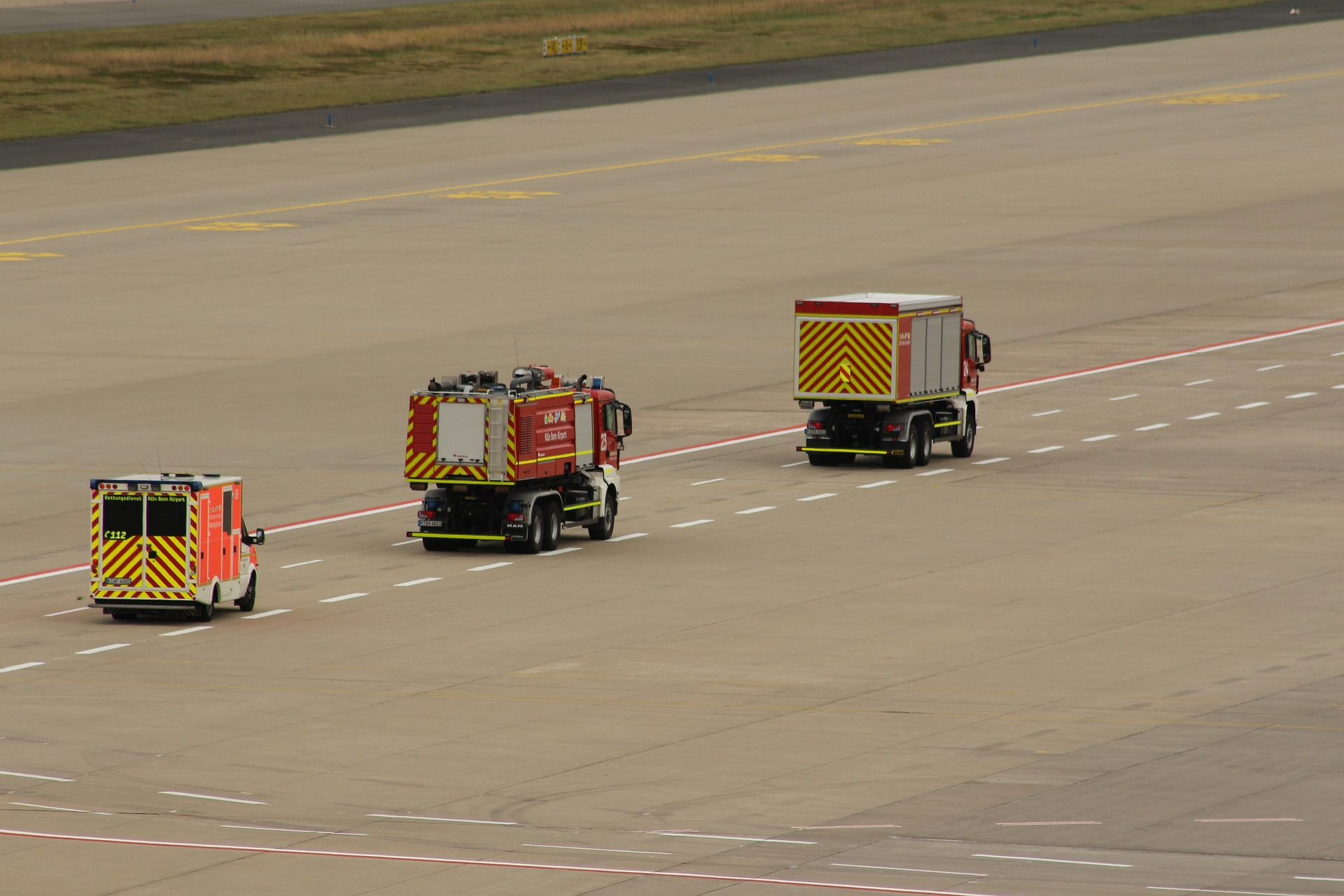The Paramount Importance of Safety Management in Aviation
Other · 3 min read
Whether you are planning a trip or just dreaming of one, check our recommendations for the best airlines to fly to Japan!

Despite its well-earned reputation as one of the safest forms of travel, aviation disasters still occur from time to time. While the vast majority of these incidents are ultimately resolved without any loss of life, the potential for tragedy is always present. This is why it’s so crucial for aviation professionals to be familiar with the disaster management cycle.
Learn what the disaster management cycle involves and how disaster management leaders work to help improve personal and environmental safety.

The disaster management cycle, sometimes called the emergency management cycle, is a framework that can be used to guide decision-making in the event of an emergency. It includes everything from developing emergency plans to training staff on what to do in the event of an emergency.
The disaster management cycle consists of four phases: prevention, preparedness, response, and recovery. Let’s take a closer look at the phases of disaster management cycle.
As implied by the name, the goal of the prevention phase in a disaster management cycle is to avoid or mitigate disasters before they happen. This can be accomplished through a variety of measures, such as implementing safety procedures and investing in training and equipment.
One example of an action taken during the prevention phase of a disaster management cycle is to create a plan for how to respond to different types of disasters. This can include things like an evacuation plan, how to communicate with emergency responders, and how to get help from other agencies.
In general, actions that may be taken during the prevention phase of an emergency management cycle include:
By taking steps to prevent disasters from occurring in the first place, we can minimize the amount of damage they cause and increase our chances of successful resolution.
The second phase of the disaster management cycle, the preparedness phase, is all about getting ready for a disaster before it happens. This includes preparedness measures such as:
By establishing permanent measures that help us prepare, we can ensure that we can respond quickly and effectively when a disaster occurs as well as avoid a long-term aftermath.

Once a disaster occurs, disaster management becomes all about the reaction to the immediate aftermath. So, the response phase of the disaster management cycle is all about taking the right action to resolve the situation and help the affected population.
This often requires the disaster management leader to coordinate with the core emergency services, multiple agencies, and organizations at the location of the disaster. At this point, the necessary emergency services must be mobilized to the location of the disaster event.
Clearly, the most important thing in the response phase is to maintain clear communication so that everyone involved knows what needs to be done and how they can help, hence the importance of having the best emergency communication systems in place from the previous disaster management phases.
There are many actions that can be taken during the response phase of a disaster management cycle. The response phase includes:
After the immediate threat to human life has passed, the focus shifts to rebuilding and returning to normalcy, and those two things involve initial repairs and recovery efforts of damaged infrastructure.
Restoration efforts often take months or even years to accomplish, but they can be very rewarding as they help people to get back to normal life. The recovery phase includes activities such as:

While it is clear that the disaster management cycle involves many people, it is also true that all the people involved need to have a leader in order to achieve good results from managing the disaster.
Obviously, disaster management leaders are people who have the skills and knowledge to guide a team through the disaster management cycle.
Also, they must be able to think on their feet and make quick decisions in the event of an emergency to address the immediate needs of the team and those affected by the situation.
They must also be able to communicate effectively with their team, as well as with other agencies and even non-governmental organizations that may be involved in the response.
Moreover, their work does not finish when the emergency has been controlled. Then, they must continue leading the efforts during the recovery phase.
One example of a disaster management leader in action is when a city mayor declares a state of emergency and activates the local emergency plan. This allows the city to quickly mobilize resources and personnel to deal with the emergency. Another example is when a company CEO authorizes a business continuity plan, which allows the company to continue operations in the event of a crisis.
A leader in action during an aviation disaster would typically be responsible for leading the response and ensuring that all necessary resources are mobilized. They would work with the airlines, local authorities, and other emergency responders to ensure that everyone is working together towards the common goal of minimizing the impact of the disaster.

While no one wants to think about disastrous events, it is important for aviation professionals to be familiar with the disaster management cycle. Although it may sound dramatic, the truth is that disaster management can be the difference between life and death for many of those who may be in the wrong place when disaster strikes.
By understanding the four phases of disaster management we can better manage emergencies when they do occur and minimize their impact on human life and on our operations.
Of course, mitigation of the impact of disasters is only possible with the right prevention and preparedness plans to avoid reaching the response stage due to an emergency situation.
Fortunately, most hazards created by aviation operations can actually be avoided by being aware of them. Therefore, educational activities play a vital role in preventing the potential hazards and disasters resulting from such operations.